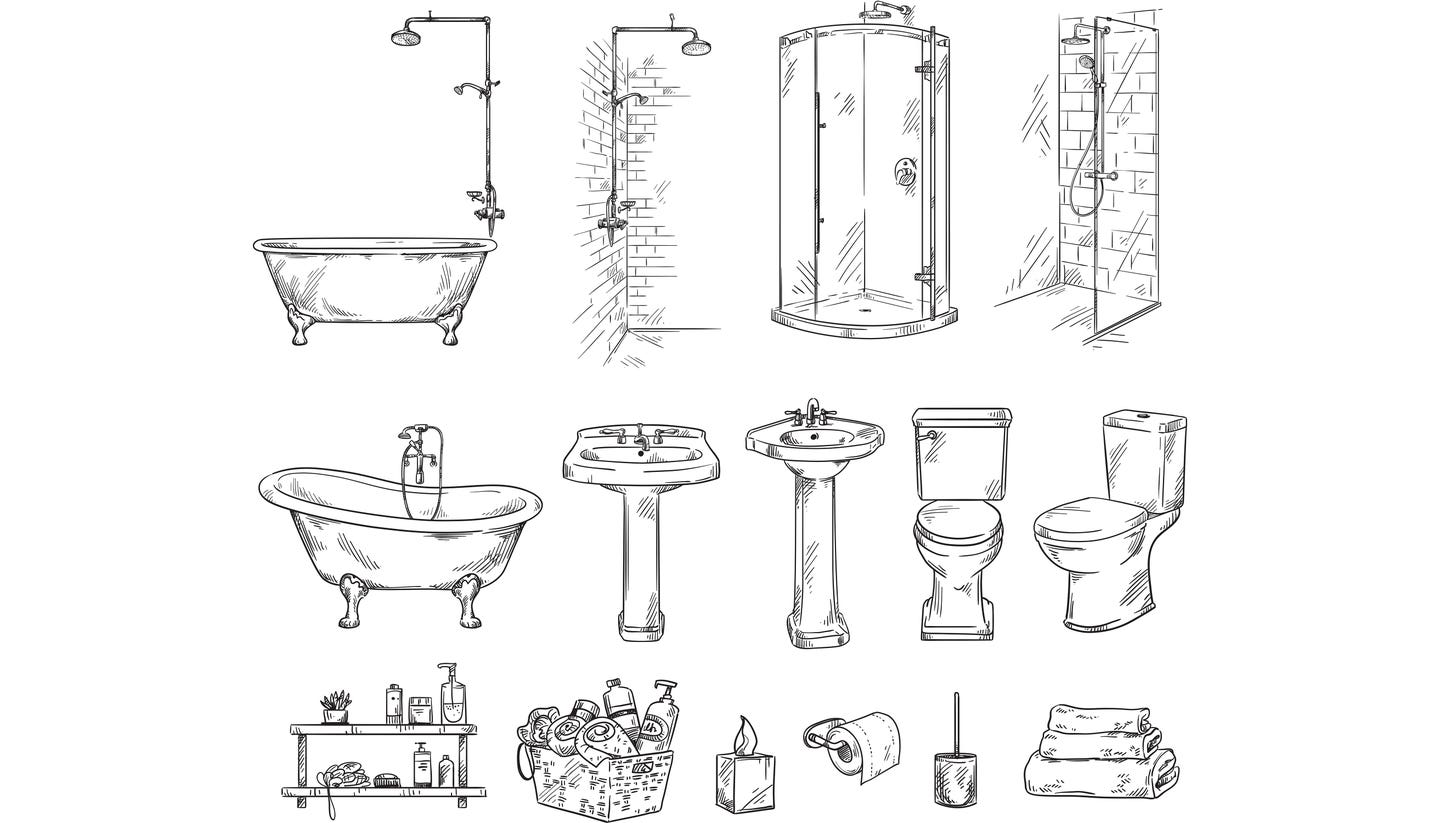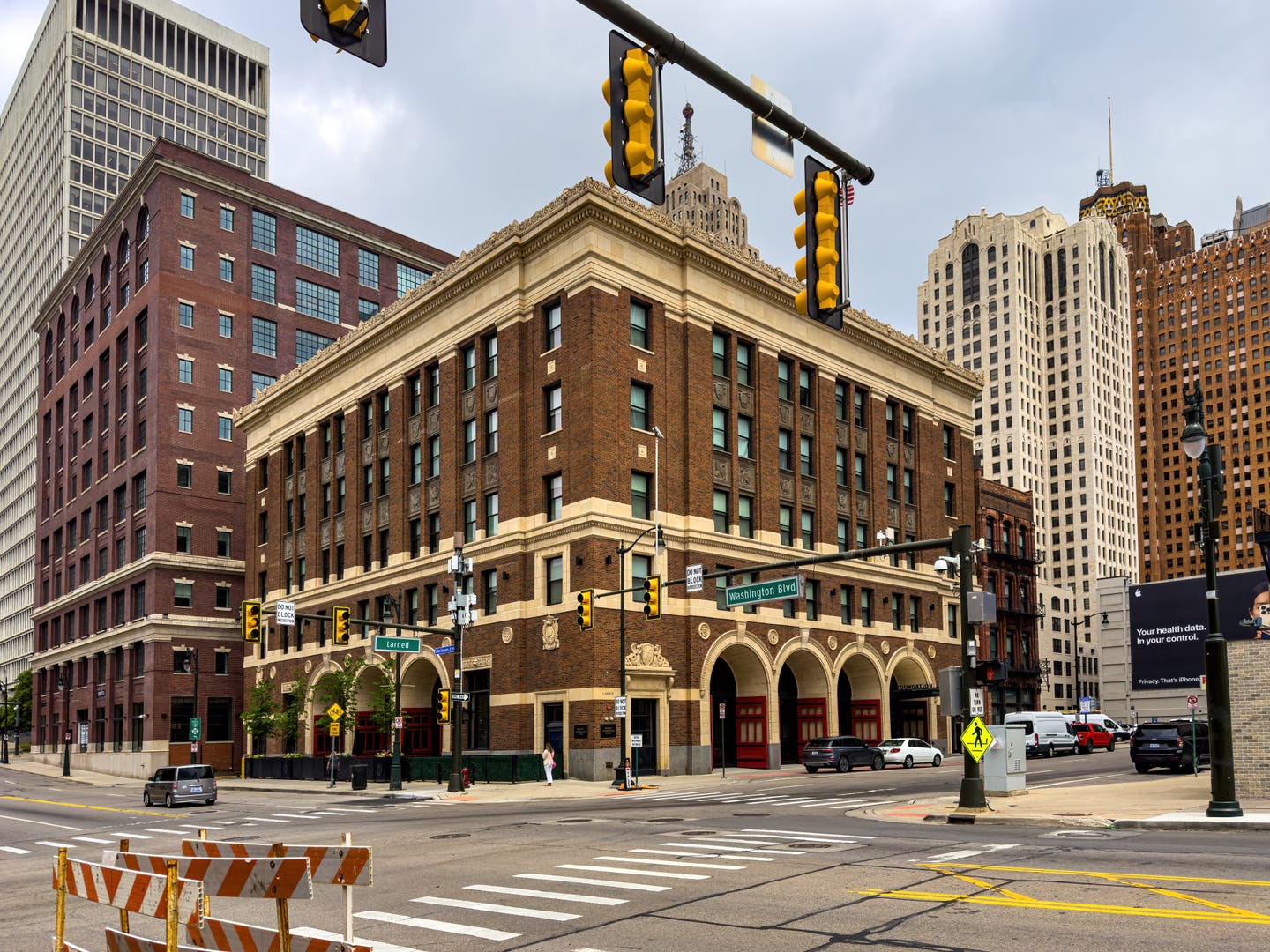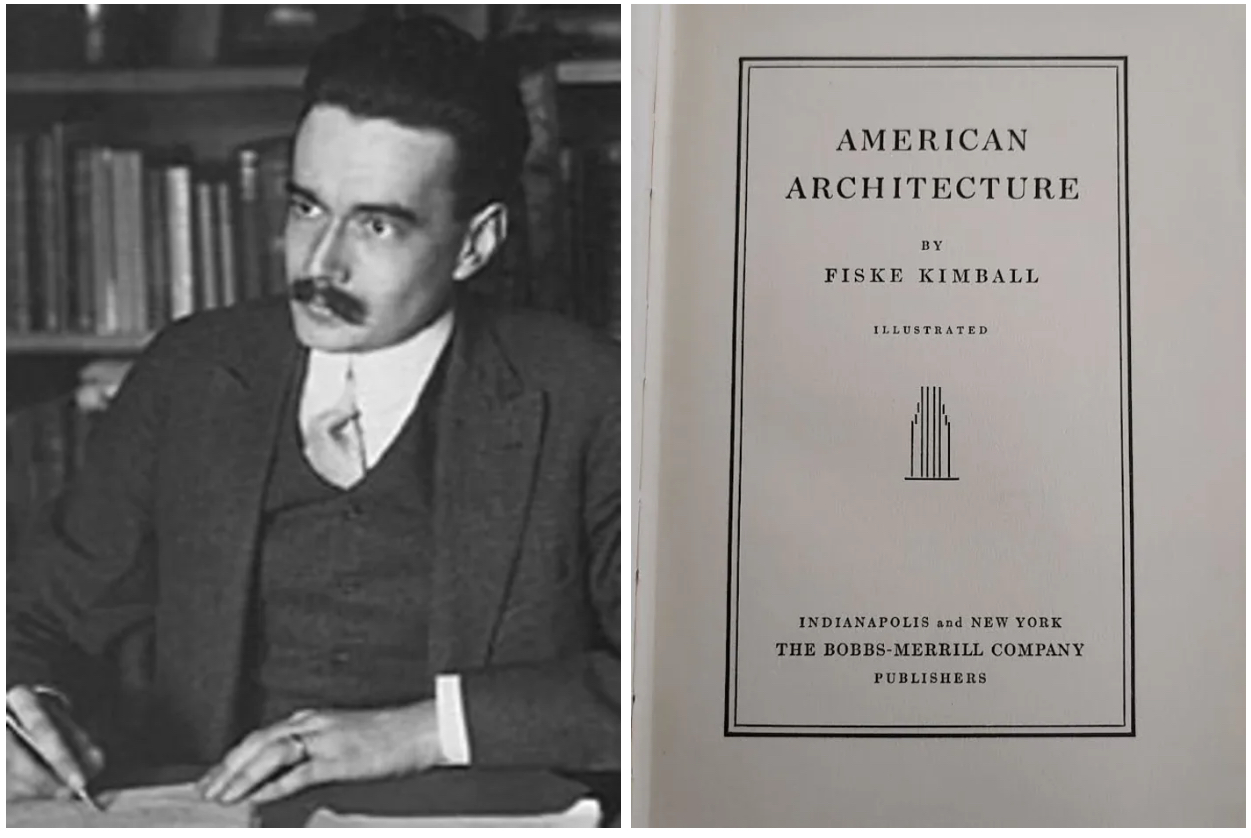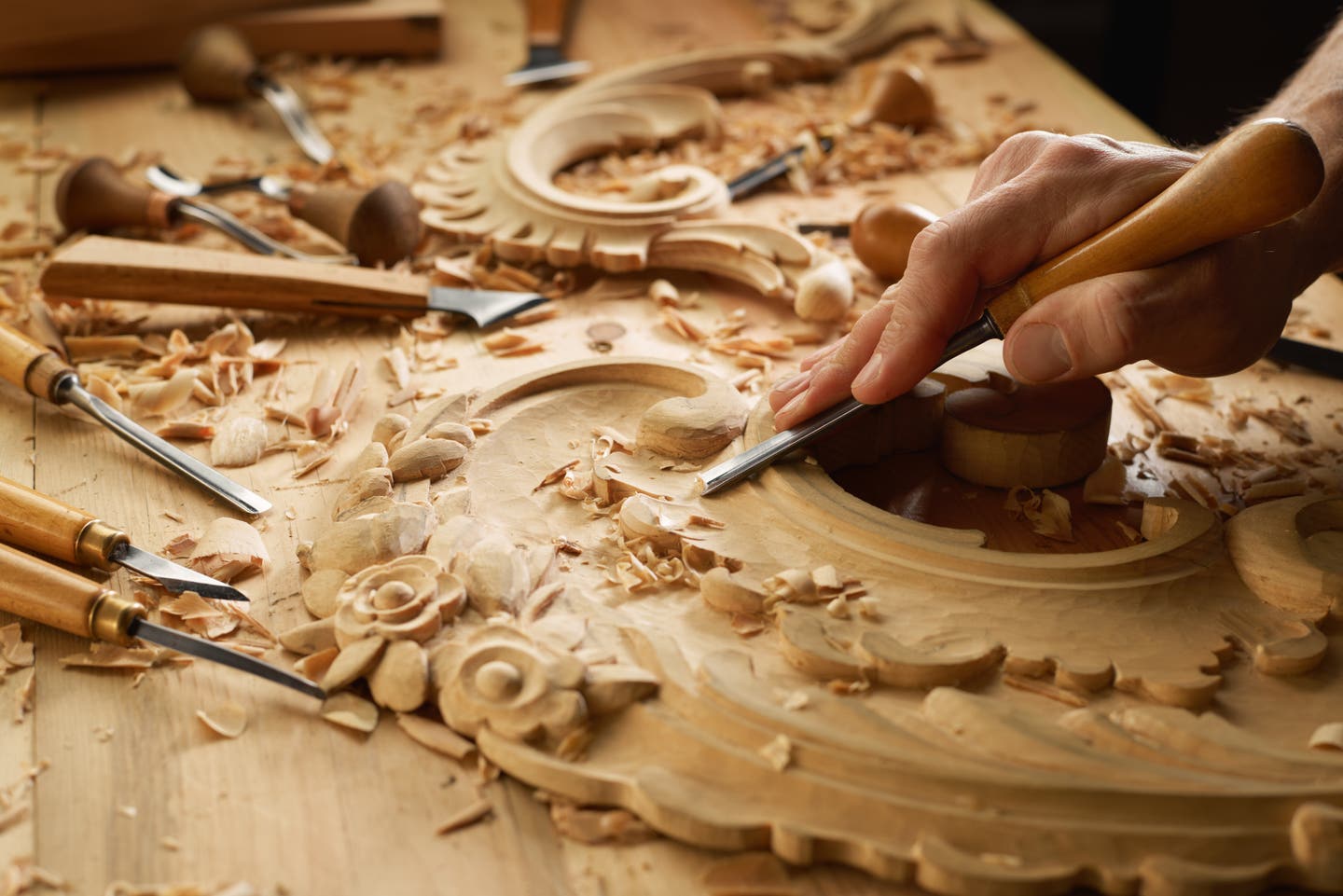
Mike Jackson
Building Technology Heritage Library: Bathrooms
The bathroom and the kitchen are the two rooms in the home that change most often. There are a variety of reasons for this including newer technologies, changing architectural fashions, and rapidly evolving appliances and fixtures. The bathroom has a particularly important story in this evolution of urban sanitation and the modern home. The popularity of the “three fixture bathroom” with the toilet, sink, and bathtub is a product of the 19th century and the “indoor plumbing” revolution. The development of modern urban sewer and water systems in the mid-`19thcentury was rapidly followed by the interior architectural evolution of the bathroom. For farm households, the plumbing catalogs included the water supply and septic systems, which are still a part of rural settings today.
The Building Technology Heritage Library has a large number of plumbing fixture catalogs as the core of its materials about the bathroom. The larger plumbing catalogs will have hundreds of pages with details of piping, fittingsand the myriad of basic components to a completed plumbing system. The 19th century catalogs mostly tell the story of plumbing parts. In the early 20th century the “bathroom” as a complete set of plumbing fixtures and a room layout become the common form of marking for residential buildings. The earliest bathroom catalogs featured the most basic of plumbing fixtures, sinks, toiletsand bathtubs. The later bathroom catalogs often feature the entire room layout with notes about architectural finishes and casework. Additional fixtures such as a sitz bath or foot bath could be added to the room. Bathroom accessories such as medicine cabinets, towel racks and tissue holders are yet another category of bathroom products.
Plumbing catalogs vary considerably depending upon their focus on the commercial or residential properties. The examples selected for this article mostly cover the residential bathroom. One noteworthy part of the story is the evolution of colored bathroom fixtures, which started in the 1920s and continues today. The Kohler Company introduced their first line of colored plumbing fixtures in 1928, in a catalog entitled “Color charm enters the bathroom.” The Standard Plumbing Company quickly followed this trend with even bolder fixture colors. By the 1950s the pink bathroom was available from most plumbing fixture companies. There are several interesting bathroom catalogs from the mid-20th century that promotedcolor choices for both the fixtures and the room décor. Whatever the era of your house, the bathroom designs through the ages found in the APT Building Technology Heritage Library can educate and inspire.
The 1843 catalog from the J. L. Mott Iron Works features a cast iron bathtub, which is noted as a “new article.” The ad copy proclaims its superiority to bathtubs of tin, lead or marble. The shape is claimed to be more efficient, requiring the lease quantity of water, which was an important consideration when the water arrived by bucket.
The flush water closet, now know as the toilet was a major revolution in sanitation, particularly in the mid-19th centuryas cities added public water and sewer systems. There were quite a few early variations in the design of the toilet, but the high wall mounted tank was particularly popular during the 19th century.
The bathroom shower, in addition to the bathtub, starts to show up in plumbing fixture catalogs at the beginning of the 20th century. This 1898 catalog featured three different bathroom showers, a very early entry into this modern bathroom feature.
Plumbing fixture catalogs quickly evolved to became “bathroom catalogs” with plans and perspectives showing the arrangement of fixtures and interior finishes. This example included a separate shower and bathtub as well as two addition fixtures, the Sitz bath and the foot bath.
Mail order merchants such as Sears, Roebuck and Montgomery Ward marketed heavily to rural households, which were getting electricity and indoor plumbing in the early 20th century. In addition to plumbing fixtures, this catalog features everything needed for residential plumbing systems with full house diagrams to guide the installation.
The Kohler Company was one of the first to produce plumbing fixates in color, beginning in the late 1920s. Other manufacturers quickly followed, and the color story of the bathroom added a whole new design aesthetic. The first generation of Kohler color fixtures included the following colors – horizon blue, old ivory, spring green, lavender, autumn brown and west point grey.
The Standard Sanitary Co. was another early entrant into the field of colored plumbing fixtures. The delightful catalog not only shows the colored plumbing fixtures, but offer color choices for the floors, walls and draperies.
Bathroom accessories, from medicine cabinets to toilet paper holders were another part of the bathroom.
The influence of the modern design movement of the early 20th century was fully played out in the bathroom designs of the 1930s. Colored plumbing fixtures were still the centerpieces of the room, but a whole array of new finish materials and design motifs made the bathroom more than just the “necessary room.”
The simple but efficient “three fixture bathroom,” consisting of a toilet, sink and bathtub was all that was needed for “low cost homes.“ The examples in this catalog were common for the millions of new home constructed immediately following WWII.
Bathroom and kitchen designs were featured in this “Planalog,” a unique marketing effort aimed at the renovation marketplace.
This bathroom design catalog and planning guide showcases plumbing fixtures in six contemporary colors as well as an internal “color wheel” to help coordinate bathroom finishes.
The bathroom sink in a cabinet or “vanity” was a mid-20thcentury development, The use of laminate countertops was another innovation of this era.
The Building Technology Heritage Library is a free, online research library of pre-1964 architectural trade catalogs, house plan books and builder’s technical guides.








